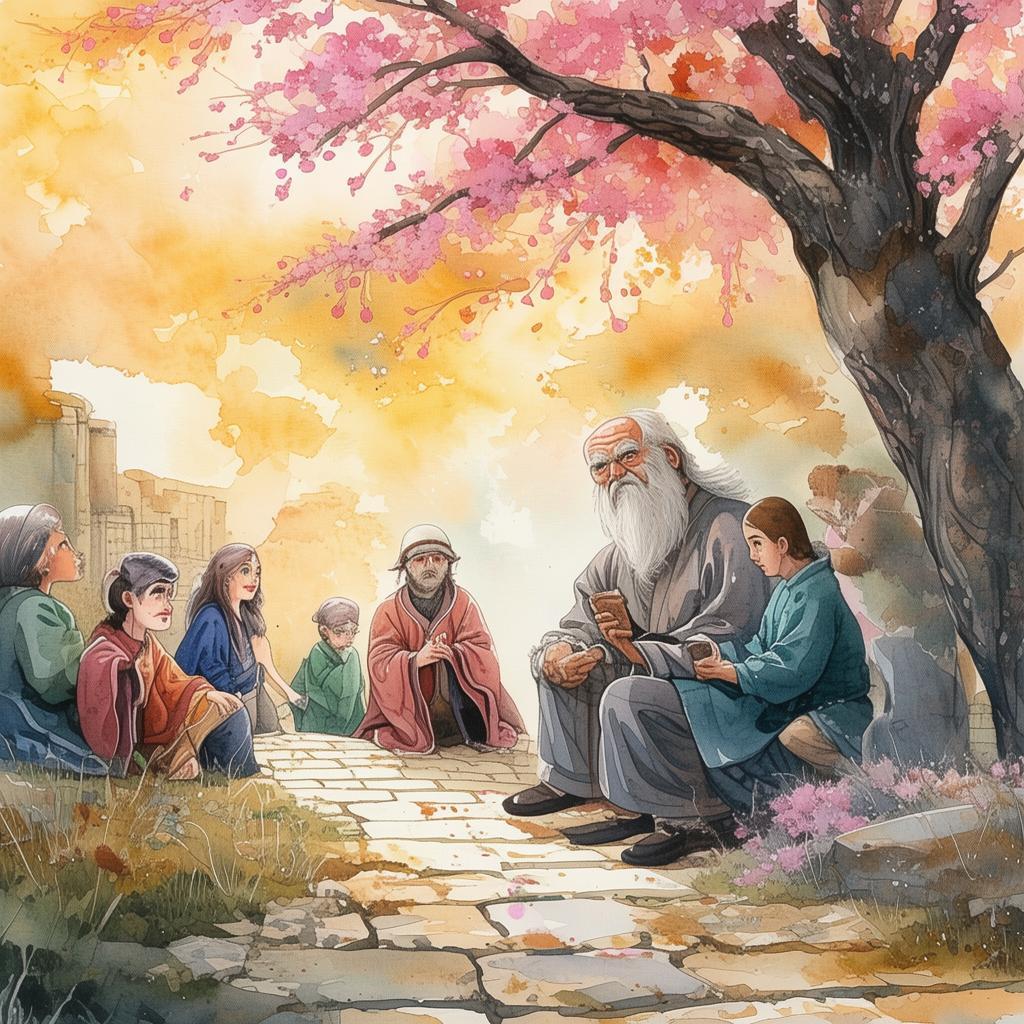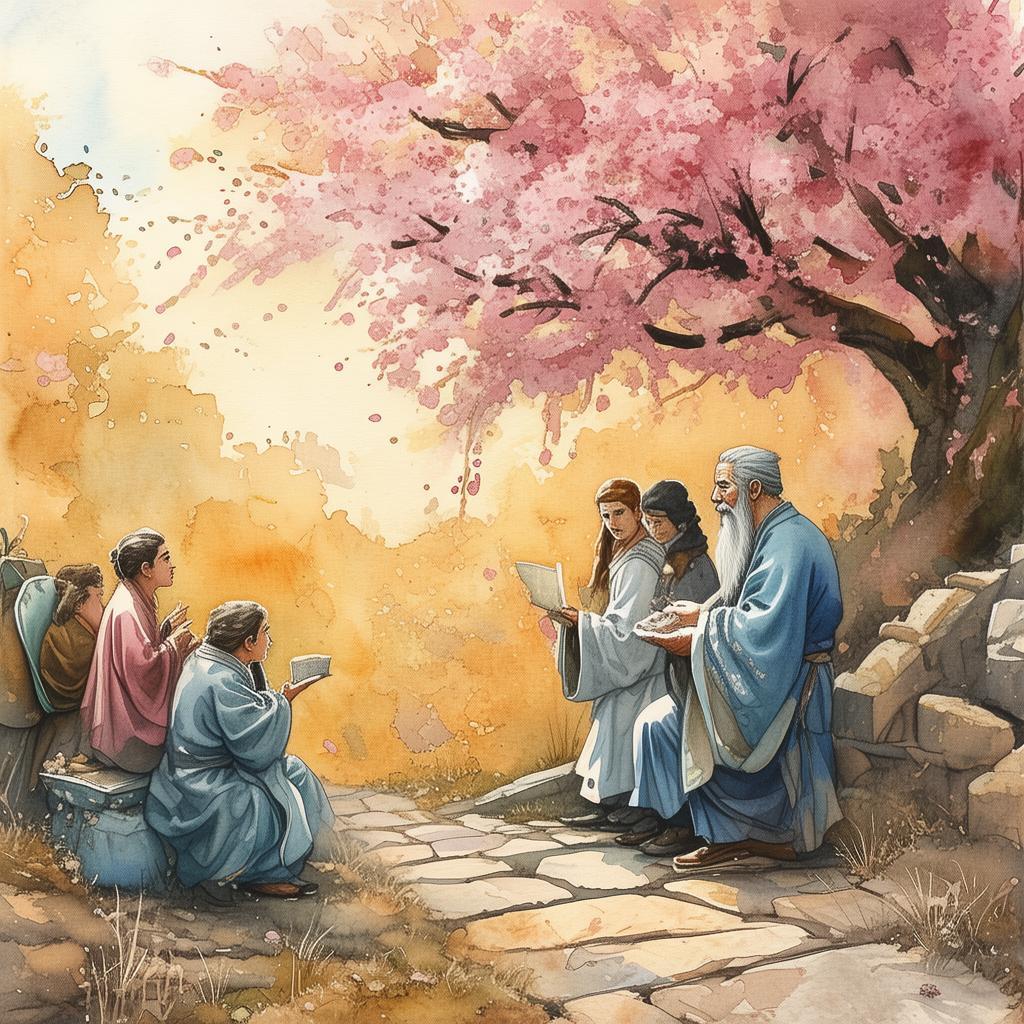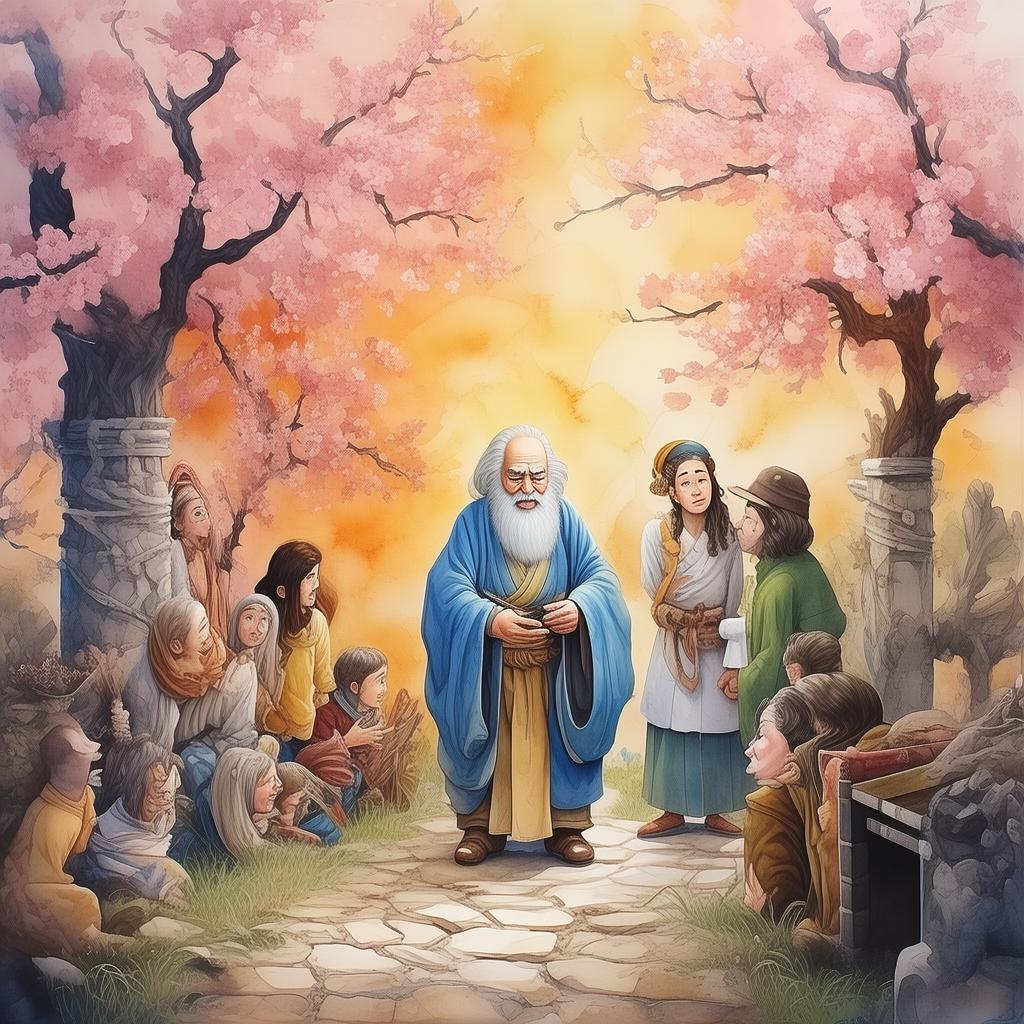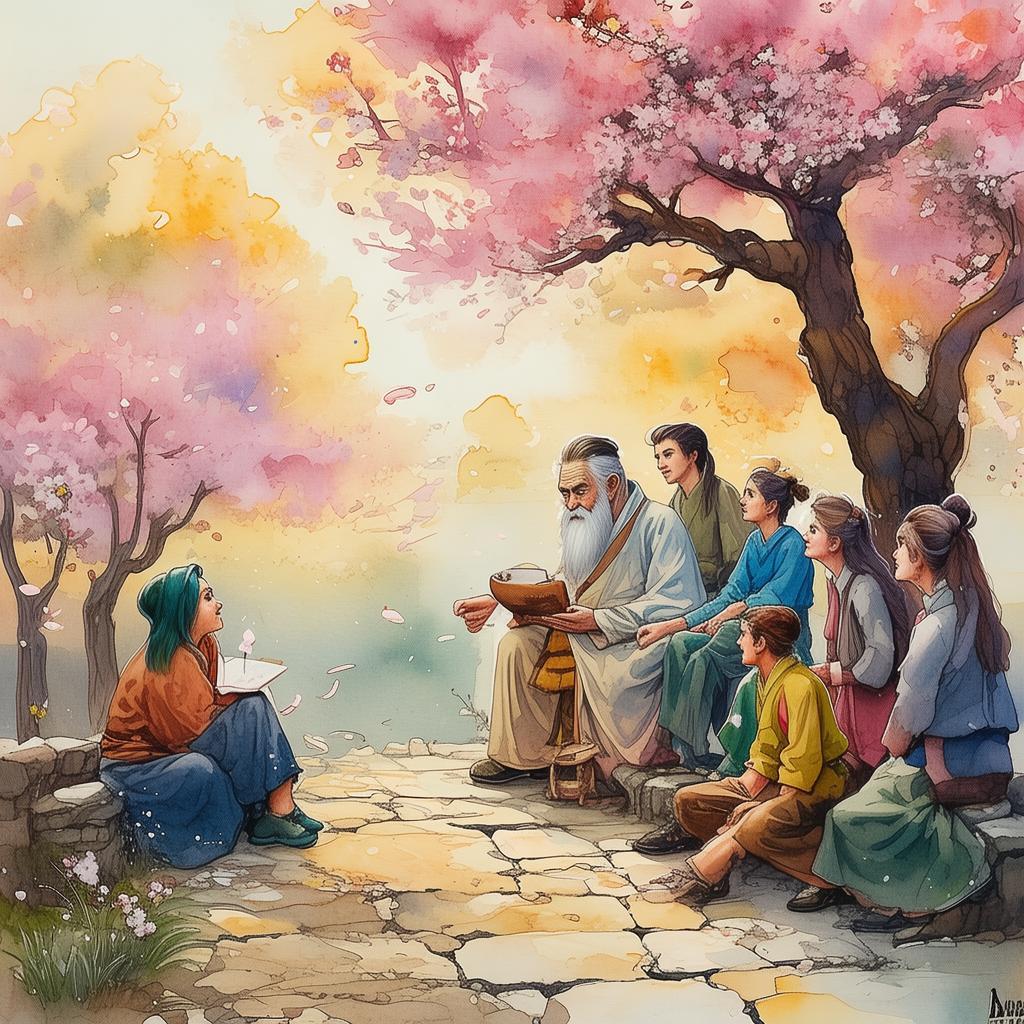The Lazy Athlete's Quantum Leap
In a small, nondescript town nestled among rolling hills, there lived an athlete named Li Ming. He was known for his natural talent, but his lack of dedication and relentless struggle on the field had made him a laughingstock among his peers. Li Ming was an exceptional runner, capable of incredible speeds, but his lack of discipline and determination kept him from realizing his full potential. He was always searching for shortcuts, convinced that hard work and perseverance were for the weak.
One fateful day, Li Ming stumbled upon a peculiar book in the town library: "The Quantum Leap of the Lazy Athlete: The Path to Peak Performance Without the Struggle." Intrigued by the title and desperate for a change, he decided to give it a try. The book spoke of a new approach to training, one that emphasized rest, mindfulness, and a unique form of visualization that would allow athletes to bypass the traditional grind of training.
Li Ming's journey began with skepticism. He had always believed that success came from endless hours of grueling workouts. But as he read on, he couldn't help but be intrigued by the idea of using the mind to supercharge his body. The book suggested that by entering a state of meditative focus, he could tap into an inner reserve of strength and speed that was previously untapped.
The first step was to learn the art of mindfulness. Li Ming spent hours meditating, focusing on his breath and the rhythm of his heartbeat. It was difficult at first, but as the days passed, he began to notice a change. His mind became clearer, and he felt a sense of calm and focus he had never experienced before.
Next, he tried the visualization exercises. He would close his eyes and imagine himself running the race of his dreams, feeling every muscle in his body working in perfect harmony. The book called this "quantum visualization," and it was meant to bridge the gap between the mind and the body, allowing the athlete to perform at their peak without the need for physical exhaustion.
As the days turned into weeks, Li Ming began to see tangible results. His running times improved, and he felt a newfound sense of confidence. He began to share his findings with his teammates, who were initially skeptical but slowly began to see the benefits of his new approach.
One day, the team was preparing for a major tournament. Li Ming had been struggling to keep up with his teammates, who had been training tirelessly for months. On the eve of the competition, he decided to give his new method one last try. He spent hours in meditation, visualizing himself winning the race, feeling the rush of victory surge through his veins.
The next morning, the race began. Li Ming's teammates were off to a strong start, but Li Ming was behind, struggling to maintain pace. As he approached the final stretch, he remembered his visualization. He closed his eyes and saw himself crossing the finish line first, his heart pounding with excitement.

With newfound determination, Li Ming pushed through the pain, his mind driving his body to exceed its limits. As he crossed the finish line, he saw his teammates standing in awe. He had won the race, and it was all thanks to the quantum leap he had taken in his training philosophy.
Li Ming's victory was a testament to the power of mindfulness and visualization. His story spread like wildfire, inspiring athletes across the globe to reevaluate their approach to training. Li Ming became an advocate for the lazy athlete's quantum leap, proving that success could be achieved without the traditional struggle.
The story of Li Ming, the lazy athlete who discovered the power of the mind to achieve peak performance, would be remembered as a parable for the modern age. It was a tale of transformation, determination, and the power of unconventional thinking. For Li Ming, the quantum leap was not just a change in his training method; it was a change in his life, a leap from mediocrity to greatness.
✨ Original Statement ✨
All articles published on this website (including but not limited to text, images, videos, and other content) are original or authorized for reposting and are protected by relevant laws. Without the explicit written permission of this website, no individual or organization may copy, modify, repost, or use the content for commercial purposes.
If you need to quote or cooperate, please contact this site for authorization. We reserve the right to pursue legal responsibility for any unauthorized use.
Hereby declared.









